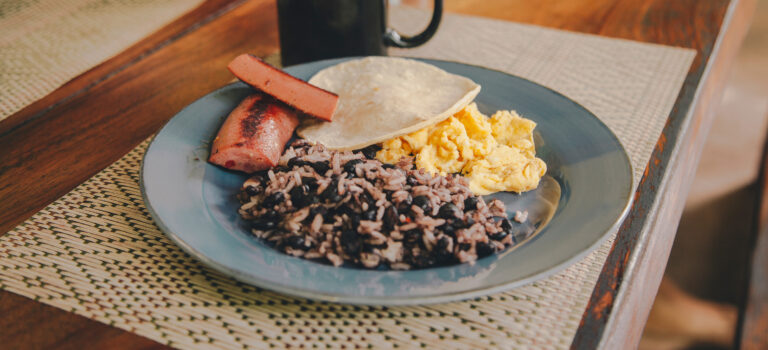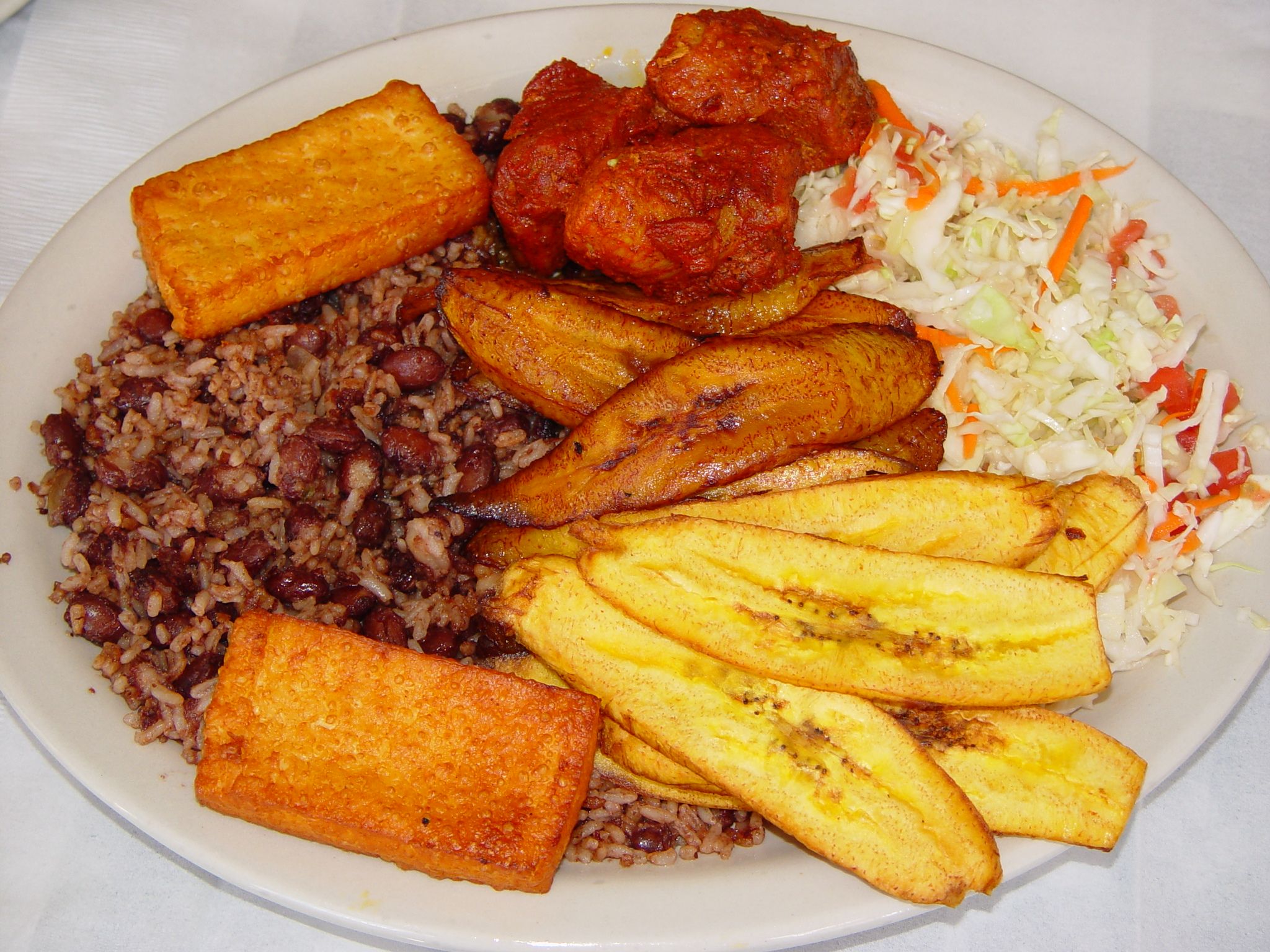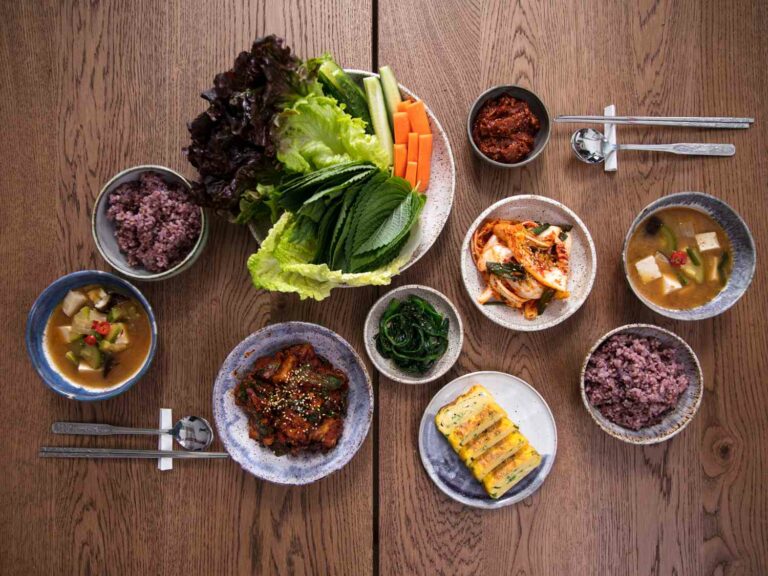Introduction: Vegetarianism in the Netherlands
In recent years, vegetarianism has been gaining popularity all over the world, and the Netherlands is no exception. According to a 2019 survey, around 5% of Dutch people identify as vegetarian, and the number is increasing. While Dutch cuisine is known for its meat-based dishes such as stamppot (mashed potatoes with kale and sausage) and bitterballen (deep-fried meatballs), there are also plenty of vegetarian options available.
Cultural Influences on Dutch Cuisine
Dutch cuisine has been influenced by various cultures throughout history, including Spanish, French, and Indonesian. The Indonesian influence is particularly noticeable in Dutch cuisine, as Indonesia was a former Dutch colony. Many Indonesian dishes have been adapted into Dutch cuisine, and they often include vegetarian options such as gado-gado (vegetables with peanut sauce) and nasi goreng (fried rice with vegetables and tofu).
Traditional Vegetarian Dishes in Dutch Cuisine
Some traditional Dutch dishes are already vegetarian or can easily be adapted to be vegetarian. For example, hutspot is a dish made of mashed potatoes, carrots, and onions, and can be served with vegetarian gravy. Another popular dish is kaasstengels, which are cheese sticks that can be made with vegetarian cheese. Dutch pancakes (pannenkoeken) are also often served with a variety of vegetarian toppings such as cheese, mushrooms, and vegetables.
Vegetarian-Friendly Restaurants in the Netherlands
There are plenty of vegetarian-friendly restaurants in the Netherlands, especially in larger cities such as Amsterdam and Utrecht. Some of these restaurants focus solely on vegetarian and vegan cuisine, while others offer a mix of vegetarian and meat-based dishes. Popular vegetarian restaurants include De Bolhoed in Amsterdam and Gys in Utrecht.
Adapting Non-Vegetarian Dishes to Vegetarianism
Many non-vegetarian Dutch dishes can be adapted to be vegetarian by simply leaving out the meat. For example, erwtensoep (pea soup) is traditionally made with smoked sausage, but it can easily be made vegetarian by leaving out the sausage and adding extra vegetables. Kroketten (croquettes) can also be made vegetarian by using vegetable broth and leaving out the meat.
Conclusion: The Future of Vegetarianism in Dutch Cuisine
As more people in the Netherlands are choosing to follow a vegetarian diet, it is likely that we will see an increase in vegetarian options in Dutch cuisine. Restaurants and food companies are already responding to this trend by offering more vegetarian options, and it is possible that traditional Dutch dishes will continue to be adapted to be vegetarian-friendly. Ultimately, the future of vegetarianism in Dutch cuisine looks promising.










